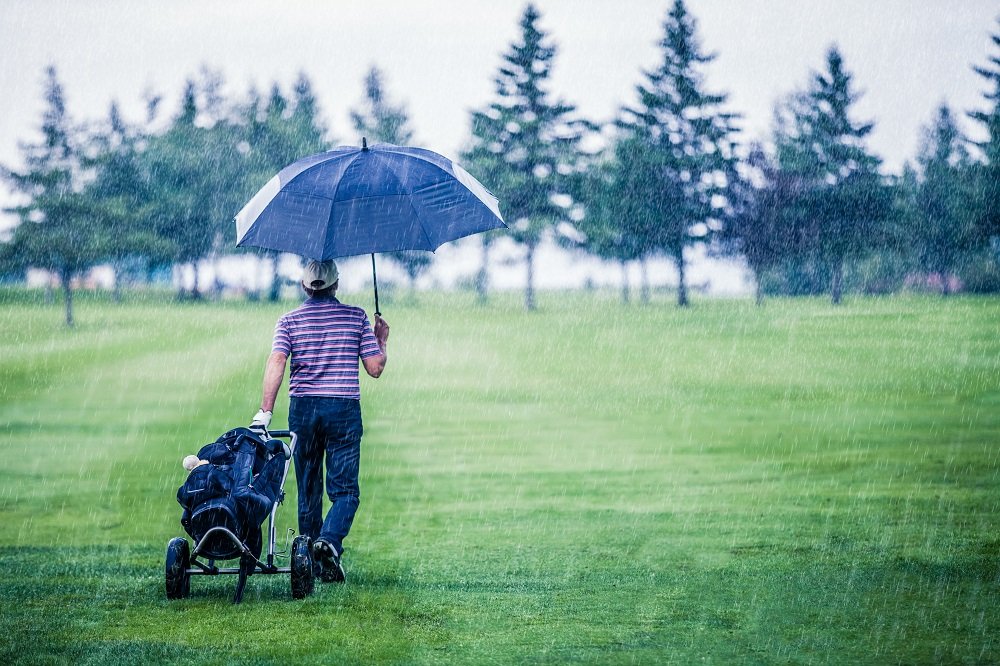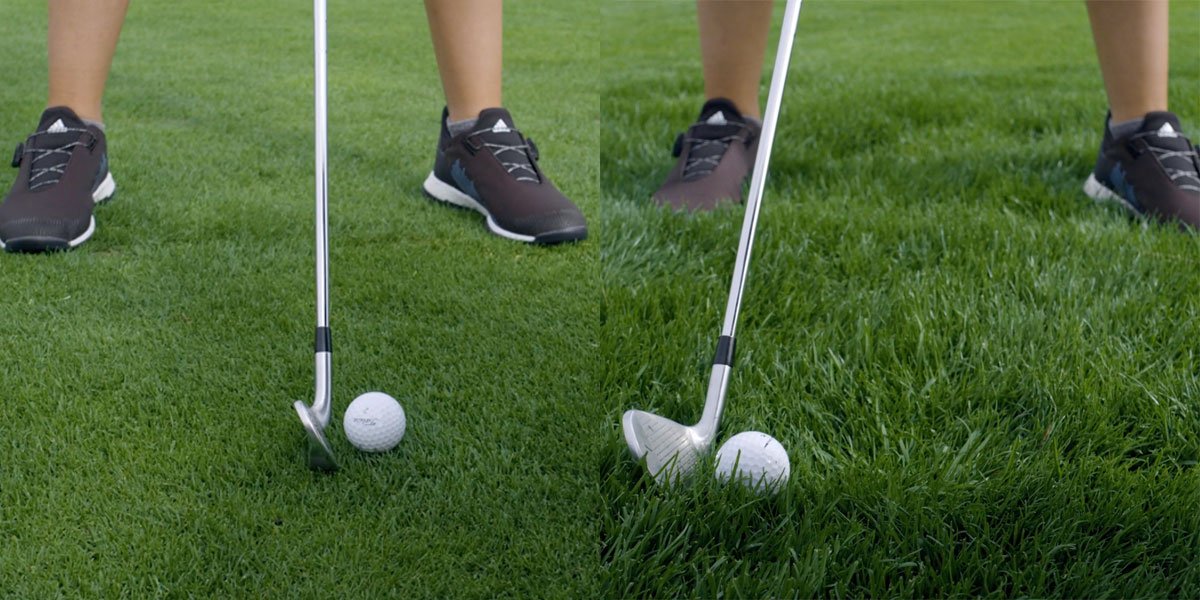How To Put Backspin On A Golf Ball.
Table of contents
Understanding the Types of Spin in Golf
1. Sidespin
2. Backspin
The Mechanics of Achieving Backspin With Your Swing
Factors Influencing Backspin
Clubface Loft
Ball Type
Swing Speed
Green Conditions
Perfecting Your Backspin
Advanced Techniques for Generating Backspin
Precision in Ball Position and Stance
The Importance of Club Selection
Managing the Swing Path and Angle of Attack
Environmental and External Factors
Weather Conditions
Course Management and Strategic Application
Practice Makes Perfect
Backspin is a crucial element in golf that can significantly alter the flight and landing behavior of the ball, offering skilled players an advantage in controlling their shots. Understanding and mastering backspin involves more than just technique; it requires an appreciation of the physics behind the ball's spin and how different spins can impact your game. Here's a comprehensive guide to putting a backspin on a golf ball, exploring the mechanics, factors affecting its efficacy, and how to apply it to your advantage.
Understanding the Types of Spin in Golf
1. Sidespin
Sidespin results from the clubhead moving laterally faster than the ball, inducing a spin around the ball's horizontal axis. This action forces the ball to curve in the air towards the direction of the clubhead's motion, a critical aspect of shaping shots.
2. Backspin
Backspin, the focus of our guide, happens when the clubhead's motion is slower than the ball's speed upon impact, creating a backward rotation along the vertical axis. This spin is pivotal for controlling the ball's trajectory and landing, allowing it to stop quickly or roll back upon hitting the green.
The Mechanics of Achieving Backspin
With Your Swing
Achieving backspin with your swing involves precise clubface contact with the ball, where the clubface is angled slightly downward at impact to maximize friction. This friction slows the ball's forward momentum, creating a backward force that generates spin. Effective backspin requires a clean, sharp contact with the ball, typically executed with wedges or short irons with higher loft angles.
Factors Influencing Backspin
Clubface Loft
The loft of the club is directly proportional to the potential backspin. Clubs designed with higher loft angles, such as wedges, are inherently better at generating backspin due to their steep angle of attack.
Ball Type
The construction of the golf ball plays a significant role in the backspin. Softer balls are more receptive to spin than their more rigid counterparts, thanks to their enhanced grip on the clubface at impact.
Swing Speed
The velocity of the swing also dictates the amount of backspin achievable. A faster swing speed can impart more spin, provided the contact is clean, and the angle of the clubface is optimized for backspin.
Green Conditions
The landing surface conditions influence how the ball reacts upon impact. Balls landing on smoother, firmer greens are more likely to exhibit the effects of backspin, while rougher surfaces may hinder the spin's impact.
Perfecting Your Backspin
Mastering backspin in golf is an art that enhances your control over the ball's flight and landing. Practice with varying clubs to understand how loft affects spin, and experiment with different balls to find the type that best suits your style. Pay attention to swing speed and refine your technique to ensure clean, angled contact for maximum spin. Finally, adapt your strategy based on green conditions to maximize your backspin ability.
Incorporating backspin into your golfing arsenal opens up new strategic possibilities, allowing for greater shot control and precision. Whether you're looking to stop the ball dead on the green or curve your shot around obstacles, mastering backspin is an invaluable skill on the course.
As you delve deeper into the world of backspin, integrating this skill into your gameplay becomes an exploration of science and art. To further enhance your capability and understanding, consider these additional insights and techniques:
Advanced Techniques for Generating Backspin
Precision in Ball Position and Stance
The ball's position relative to your stance can significantly impact the amount of backspin you can generate. The ball should be positioned slightly forward in your stance for optimal backspin. This positioning allows for a steeper angle of attack, which is crucial for creating the necessary friction between the clubface and the ball.
The Importance of Club Selection
While the technique is paramount, choosing the right club for the desired shot is equally important. Wedges with higher lofts, such as lob or sand wedges, are particularly effective for shots where maximum backspin is desired. The unique design of these clubs, including the grooves on the clubface, is tailored to enhance spin and control.
Managing the Swing Path and Angle of Attack
The path of your swing and the angle at which the club strikes the ball are critical factors in generating a backspin. A slightly descending blow, where the club contacts the ball just before the ground, helps create the clean, crisp contact necessary for backspin. Practicing consistently achieving this swing path will lead to more reliable spin control.
Environmental and External Factors
Weather Conditions
Weather plays a subtle yet significant role in backspin. Wet conditions can affect the interaction between the ball and the clubface, potentially reducing the friction and, consequently, the spin. Being mindful of the weather and adjusting your technique or expectations accordingly can help you manage the spin effectively.
Course Management and Strategic Application
Understanding when and how to use backspin is a strategic asset. It's not just about being able to spin the ball but knowing when to employ this technique for the best outcome. Consider the pin position, the type of approach shot, and the risk-reward of applying backspin in different scenarios. Sometimes, a shot with less spin but greater control or predictability might be the more imaginative play.
Practice Makes Perfect
Mastering backspin requires consistent practice and a willingness to experiment. Here are a few practice tips:
Drill on Different Surfaces: Practicing various types of turf and conditions can help you understand how the ball reacts to backspin on different surfaces.
Use Technology: Modern technology, such as launch monitors, can provide immediate feedback on your shots, including spin rates. Utilizing these tools can help you refine your technique more effectively.
Seek Professional Guidance: A golf instructor can offer personalized feedback and adjustments to your technique, accelerating your learning curve.
Incorporating backspin into your golf game enhances your ability to control the ball and deepens your strategic understanding of the game. As you practice and apply these techniques, you'll find that your ability to navigate challenging shots and conditions improves, making you a more formidable and confident golfer. Remember, the journey to mastering backspin is a process of continual learning and adaptation. Enjoy the process, and watch as your game reaches new heights.












